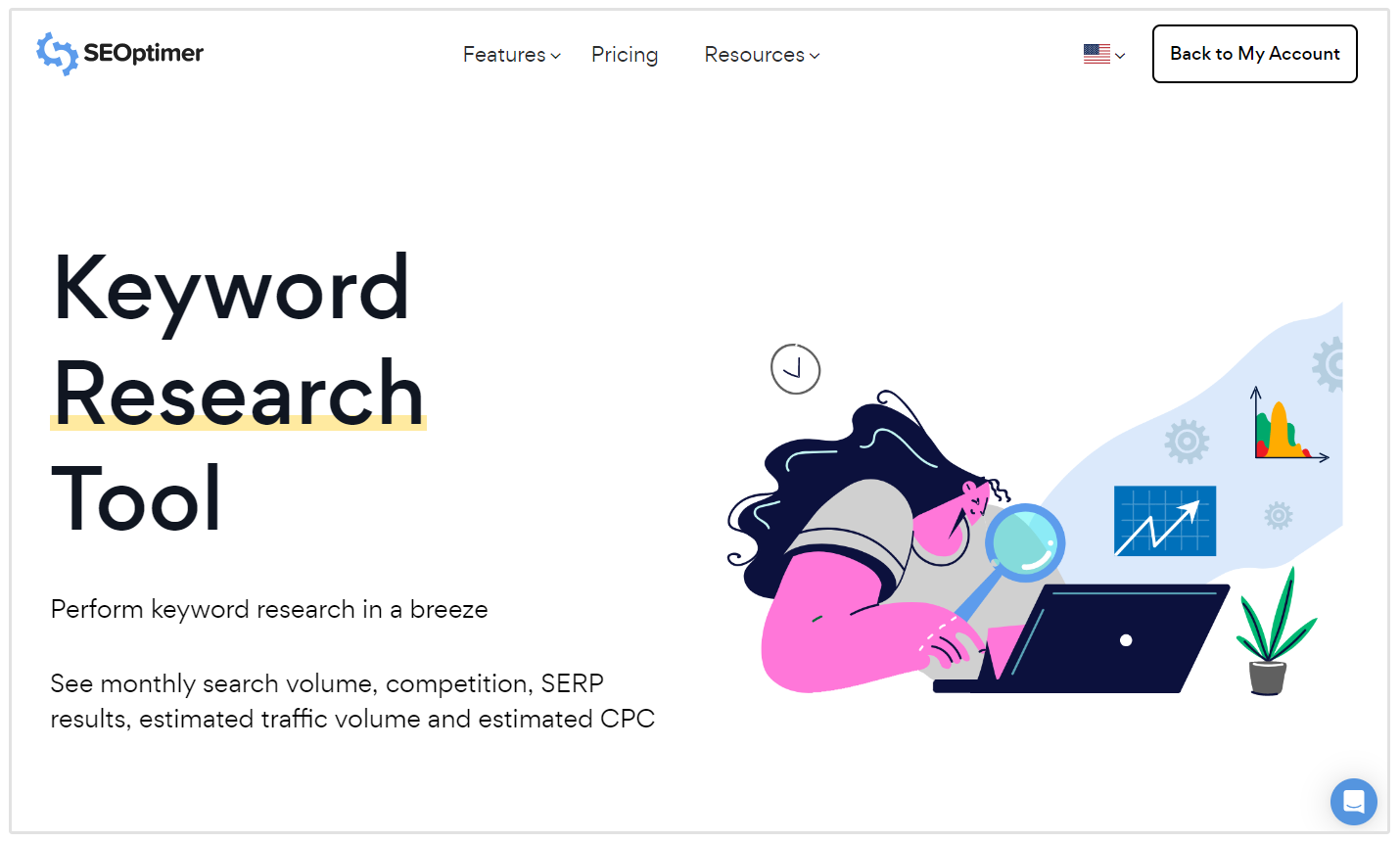Maximizing Your Data Analysis With Additional Dimension in Google Analytics for Informed Decision-Making
Google Analytics, an effective tool in the hands of digital online marketers and experts, provides a feature known as Additional Measurement. By tapping into the capabilities of Additional Measurement, customers can acquire a much more comprehensive view of their data, enabling them to make calculated choices based on a much more detailed and nuanced evaluation.
Recognizing Additional Measurement Functionality
Comprehending the additional dimension performance in Google Analytics boosts the deepness of data evaluation by giving additional context to key metrics. By including a secondary dimension, analysts can section and contrast information, acquiring understandings that would or else stay concealed. This feature permits users to see data with different lenses, such as the source of web traffic, individual habits, or geographic place, providing a much more thorough understanding of site performance.
When looking entirely at primary metrics,Making use of additional measurements can expose patterns and relationships that may not be noticeable. As an example, combining the main metric of page sights with a second measurement like device group can reveal whether certain devices drive more website traffic to particular web pages. This info can then notify website optimization techniques customized to different tool users.
Applying Additional Dimension in Reports
Structure upon the understandings acquired via additional measurement evaluation, integrating these dimensions efficiently into reports in Google Analytics is vital for extracting workable data-driven decisions. what is a secondary dimension in google analytics. By applying second measurements in reports, users can dig much deeper right into the performance metrics of their internet site or application. This attribute permits a much more detailed evaluation by offering extra context to the key dimension picked
To execute an additional measurement in reports, just browse to the preferred report in Google Analytics and click on the "Additional measurement" tab located over the data table. From there, individuals can pick from a large range of secondary measurements such as 'Source/Medium', 'Tool Category', or 'Landing Web page'. Choosing the most relevant second dimension will depend on the particular understandings you are looking for to reveal.
Making use of secondary dimensions in reports not only enhances the depth of analysis but likewise aids in identifying patterns, patterns, and connections that may have or else gone undetected. This critical technique to data interpretation makes it possible for businesses to make informed decisions that drive development and success.

Studying Information With Additional Dimensions
Upon integrating secondary measurements into data evaluation within Google Analytics, a comprehensive evaluation of crucial performance indications can be accomplished, using beneficial insights for critical decision-making. By making use of second dimensions, experts can further explore their main data dimensions, such as traffic sources or customer demographics, to discover patterns or fads that may not be immediately noticeable. This much deeper level of analysis allows for a more thorough understanding of user habits and communications on an internet site or digital platform.
Evaluating information with second dimensions enables online marketers and site owners to respond to more particular concerns about their audience, content performance, and marketing efforts. As an example, by incorporating the main dimension of website traffic sources with a secondary dimension like geographical place, companies can determine which areas drive the most useful website traffic to their website. This kind of granular insight can educate advertising and marketing techniques, content creation, and web site optimization efforts to much better accommodate the needs and choices of their target market.
Leveraging Secondary Dimensions for Insights
By incorporating secondary dimensions properly, experts can extract deeper insights from information embed in Google Analytics, enhancing the understanding of individual actions and efficiency metrics. Leveraging secondary measurements involves combining different qualities or metrics with primary data to discover patterns and trends that might not be evident in the beginning glimpse. For circumstances, by adding a second dimension such as 'Tool Category' to a report on website web traffic, experts can recognize whether user behavior differs across different tools like desktop computers, cellphones, or tablet computers.
Additionally, making use of additional measurements permits analysts to segment data extra granularly, enabling them to identify particular target market sections or geographical areas that display unique actions. what is a secondary dimension in google analytics. This segmentation can be instrumental in customizing marketing approaches, optimizing internet site content, or boosting individual experience based on the special characteristics of each sector
Basically, leveraging additional measurements in Google Analytics equips analysts to dive much deeper into information, acquire significant insights, and make informed decisions that drive company development and success.
Enhancing Decision-Making With Second Dimensions
Making use of additional measurements in information analysis provides a calculated advantage by discovering workable understandings that drive notified decision-making in Google Analytics. By enhancing decision-making through second dimensions, individuals can delve his comment is here deeper right into their data to draw out important info that might not be right away noticeable. These extra dimensions use a more thorough view of customer behavior, interactions, and outcomes, making it possible for analysts to make even more educated choices based upon concrete data.
Via the usage of additional measurements, analysts can sector and filter data to recognize patterns, fads, and connections that might influence decision-making procedures. This boosted level of granularity permits an extra targeted strategy to assessing information, leading to more informative and exact final thoughts.
In addition, secondary dimensions offer the chance to contrast different data points alongside, facilitating an extra thorough evaluation of performance metrics and KPIs. By leveraging second dimensions effectively, businesses can enhance their strategies, improve user experiences, and eventually achieve their goals with confidence.
Verdict

Structure upon the understandings gotten via additional measurement analysis, integrating these measurements effectively right into reports in discover here Google Analytics is important for extracting actionable data-driven choices.To execute a second measurement in reports, just browse to the desired report in Google Analytics and click on the "Second dimension" tab situated over the data table. By making use of second measurements, experts can even more dissect their key information measurements, such as web traffic sources or user demographics, to uncover patterns or trends that may not be instantly obvious. By integrating the primary dimension of traffic resources with an additional measurement like geographical location, companies can recognize which areas drive the most valuable traffic to their site.By including secondary dimensions properly, experts can draw out deeper insights from information collections in Google Analytics, improving the understanding of individual behavior and performance metrics.
Comments on “Debunking Secondary Dimensions in Google Analytics: Interpretation and Practical Applications”